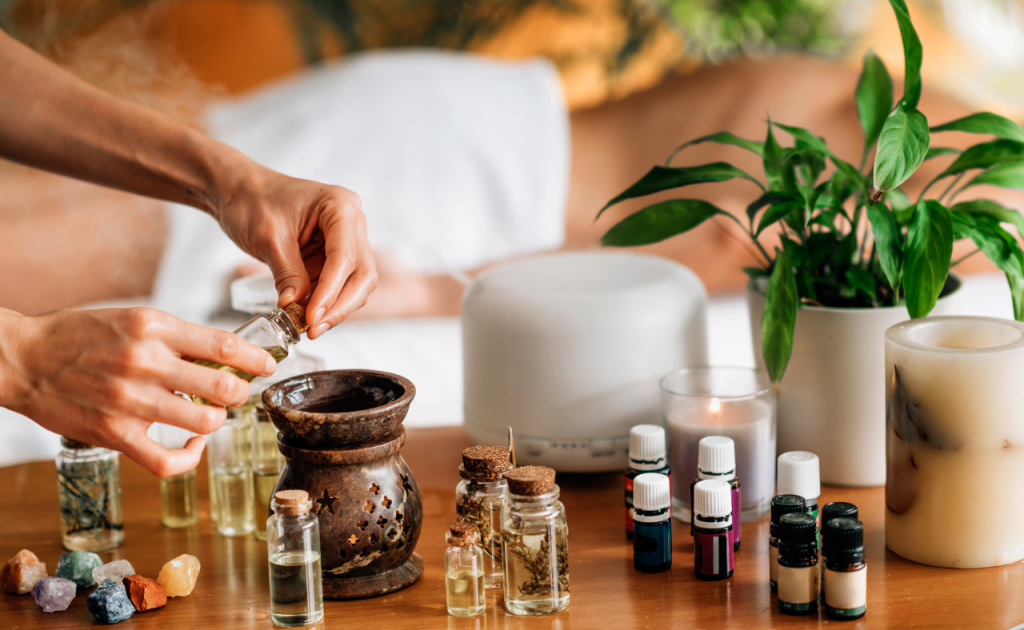Pets bring immense joy and companionship to our lives, but they also come with responsibilities. Ensuring a clean and healthy environment for your dogs and birds is crucial for their well-being and for maintaining harmony within your household. Whether you are a seasoned pet owner or new to the world of pet care, this comprehensive guide will provide you with practical tips and insights to keep your furry and feathered friends healthy and happy. From hygiene practices to nutrition and environmental enrichment, we will cover everything you need to know to create a thriving environment for your pets.
Pet ownership is a rewarding experience that offers numerous emotional and physical benefits. Dogs and birds, in particular, are popular choices due to their unique characteristics and the joy they bring to our lives. However, maintaining a clean and healthy environment for these pets requires consistent effort and knowledge. Proper hygiene, balanced nutrition, regular veterinary care, and environmental enrichment are all essential components of responsible pet care. In this guide, we will delve into specific practices and tips to ensure that your pets not only thrive but also contribute positively to your household environment. By following these guidelines, you can create a safe, clean, and enriching space for your dogs and birds.
The Importance of a Clean and Healthy Environment
Health and Hygiene
Maintaining cleanliness is vital for preventing illnesses and infections in pets. Regular grooming, cleaning of living spaces, and proper waste management are essential to keep your pets healthy. A clean environment reduces the risk of parasites, allergies, and respiratory issues.
Emotional Well-being
A clean and stimulating environment contributes to the emotional well-being of pets. Dogs and birds, like humans, can experience stress and anxiety in dirty or chaotic surroundings. Providing a clean, organized, and enriching environment helps keep them mentally stimulated and content.
Enhancing the Bond
Taking care of your pet’s hygiene and living conditions strengthens the bond between you and your pet. Routine grooming and cleaning sessions can be great opportunities for building trust and affection, making your pet feel loved and cared for.
Caring for Dogs

Grooming Essentials
Regular Brushing
Brushing your dog’s coat regularly helps remove dirt, loose hair, and prevents matting. It also stimulates the skin and distributes natural oils, promoting a healthy and shiny coat. The frequency of brushing depends on your dog’s breed and coat type.
Bathing
Bathing should be done as needed, depending on your dog’s activity level and coat condition. Use a dog-specific shampoo to avoid skin irritation and always ensure thorough rinsing to prevent residue buildup. Regular baths help keep your dog clean and smelling fresh.
Nail Trimming
Keeping your dog’s nails trimmed is crucial to prevent discomfort and injury. Overgrown nails can cause pain and lead to mobility issues. Use a proper nail clipper and take care not to cut too close to the quick, which can cause bleeding.
Nutrition and Diet
Balanced Diet
Providing a balanced diet is essential for your dog’s overall health. Choose high-quality dog food that meets your pet’s nutritional needs based on their age, size, and activity level. A well-balanced diet supports a healthy coat, strong immune system, and overall vitality.
Hydration
Always ensure your dog has access to fresh water. Hydration is vital for digestion, temperature regulation, and overall health. Monitor your dog’s water intake and be aware of any changes, as they can indicate health issues.
Exercise and Mental Stimulation
Regular Walks
Daily walks are essential for your dog’s physical and mental health. Regular exercise helps maintain a healthy weight, reduces behavioral issues, and provides mental stimulation through exploration and social interaction.
Interactive Toys
Provide a variety of interactive toys to keep your dog engaged and mentally stimulated. Puzzle toys, chew toys, and fetch toys are excellent options to challenge your dog’s mind and keep them entertained.
Clean Living Spaces
Bed and Crate Cleaning
Regularly clean your dog’s bed and crate to remove dirt, hair, and bacteria. Use pet-safe detergents and ensure thorough drying to prevent mold and mildew. A clean sleeping area contributes to your dog’s comfort and health.
Waste Management
Promptly pick up and dispose of your dog’s waste to maintain a clean yard and prevent the spread of parasites and bacteria. Regularly clean and disinfect areas where your dog eliminates to ensure hygiene.
Caring for Birds

Cage Hygiene
Regular Cleaning
Clean your bird’s cage regularly to remove droppings, food debris, and feathers. Use a bird-safe disinfectant to sanitize the cage and perches. A clean cage prevents bacterial growth and keeps your bird healthy.
Fresh Liners
Replace cage liners frequently to maintain a clean environment. Liners should be easy to change and effective in absorbing moisture and waste. Keeping the cage floor clean helps prevent respiratory issues and infections.
Nutrition and Diet
Balanced Diet
A balanced diet is crucial for your bird’s health. Provide a variety of fresh fruits, vegetables, seeds, and pellets to ensure they receive all necessary nutrients. Avoid feeding your bird avocados, chocolate, and caffeine, as these can be toxic.
Clean Water
Ensure your bird has access to fresh water at all times. Change the water daily and clean the water dish regularly to prevent bacterial growth. Proper hydration is vital for your bird’s health and well-being.
Mental and Physical Stimulation
Toys and Enrichment
Provide a variety of toys to keep your bird mentally stimulated and prevent boredom. Toys that encourage foraging, chewing, and climbing are excellent choices. Rotate toys regularly to maintain your bird’s interest.
Social Interaction
Birds are social creatures that thrive on interaction. Spend quality time with your bird daily, engaging in activities like talking, playing, and training. Social interaction helps build a strong bond and keeps your bird mentally stimulated.
Veterinary Care

Regular Check-ups
Schedule regular veterinary check-ups for your bird to monitor their health and catch any potential issues early. Avian veterinarians can provide specialized care and advice tailored to your bird’s needs.
Vaccinations and Preventive Care
Ensure your bird receives necessary vaccinations and preventive care treatments. Discuss with your vet about appropriate preventive measures for common avian diseases and parasites.
Final Thoughts
Creating a clean and healthy environment for your dogs and birds is a continuous process that requires dedication and effort. By following the tips and guidelines outlined in this article, you can ensure your pets live in a safe, hygienic, and enriching environment. Remember, the key to successful pet care is consistency and attentiveness. Regular grooming, proper nutrition, mental stimulation, and veterinary care are all crucial components of responsible pet ownership.
Taking the time to care for your pets not only enhances their well-being but also strengthens the bond you share with them. A clean and healthy environment contributes to their happiness, comfort, and longevity. As you implement these practices, you will find that the rewards of pet ownership extend beyond companionship, bringing joy and fulfillment to your life.
Ultimately, the effort you put into maintaining a clean and healthy environment for your pets will be reflected in their health and happiness. By staying informed and proactive, you can provide the best possible care for your dogs and birds, ensuring they thrive in your loving home.






































